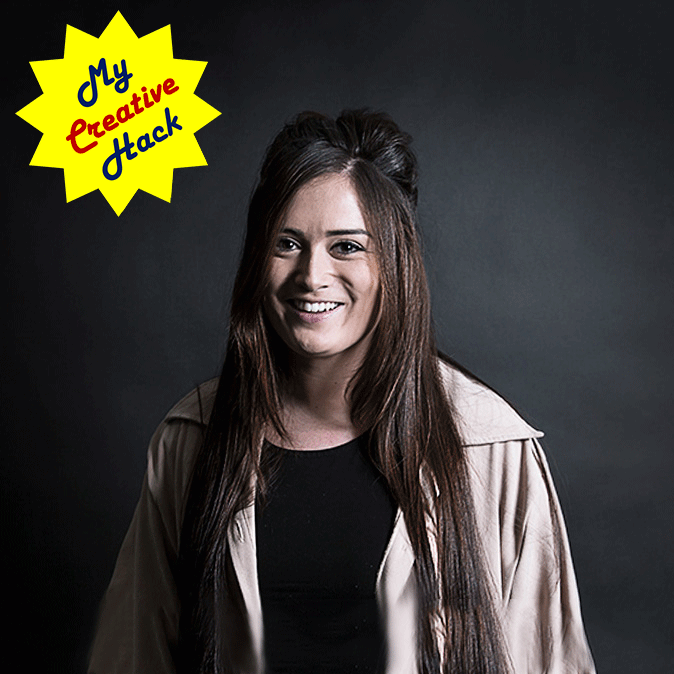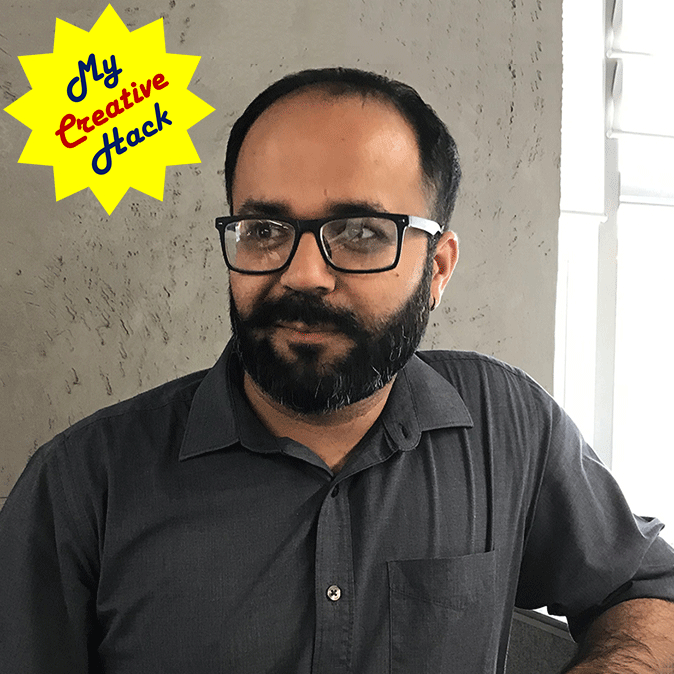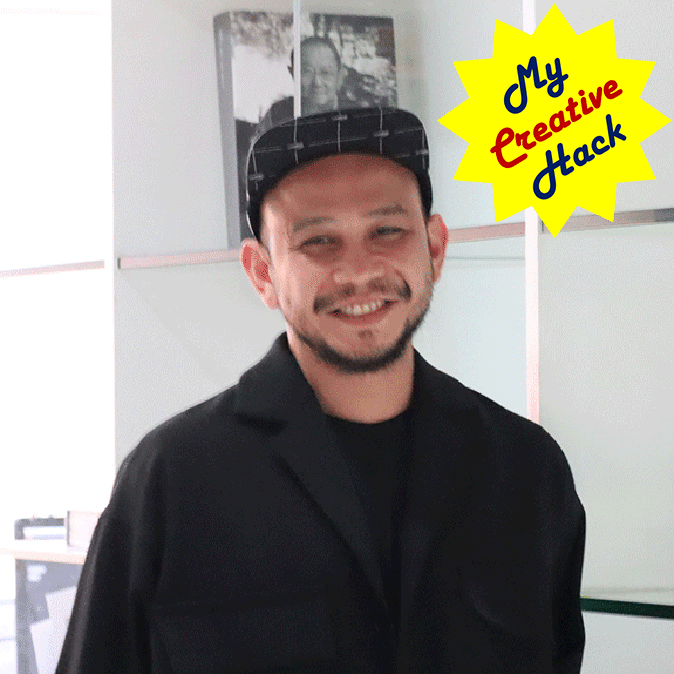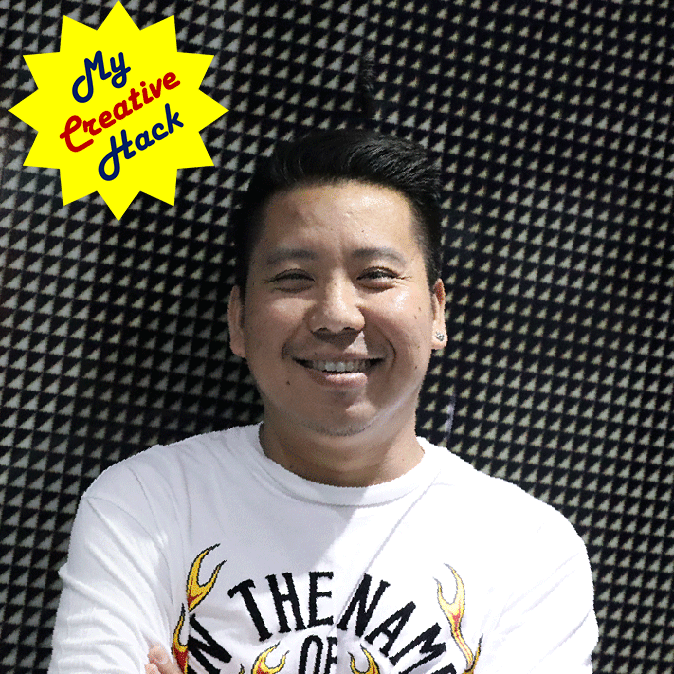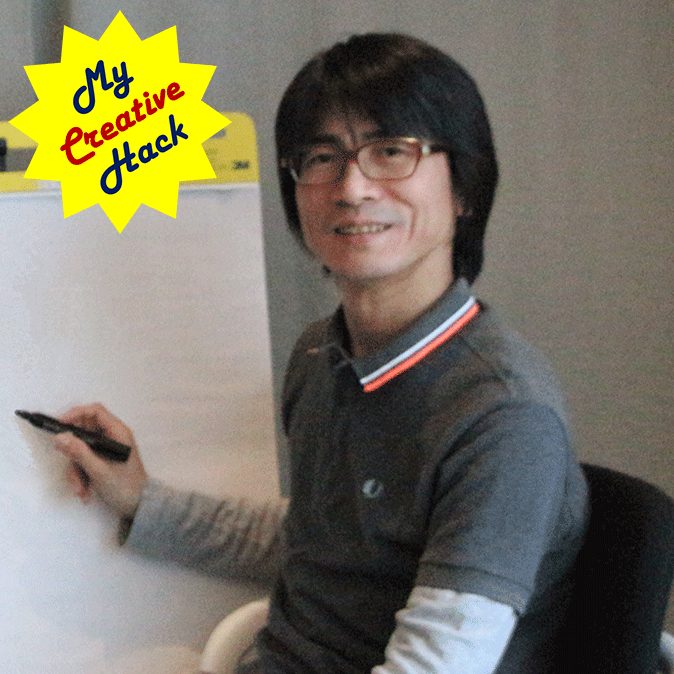- Viewpoints
My Creative Hack is a series of articles that introduces tips, practices, techniques and know-how that our experts use every day in their work to come up with new ideas, pinpoint the best ones and foster team work, etc. Here Parikshit Das, Copywriter at Hakuhodo.Lync Private Limited, India, explains freewriting, a method to clear your mind and reach the one idea that truly works.

Streamline processes, not creativity
Chaotic creativity is both my biggest strength and weakness, and learning how to harness it properly has been one of the most important breakthroughs in my career. Being able to focus on the task at hand and get to the insight, without limiting my thought process or creativity, is something that I have to work at. This is a struggle for many creatives; how to streamline thought and guide creativity, without limiting the potential of the ideas that may arise.
There are dozens of ways to achieve this, but I use a tried-and-tested method: freewriting. Before getting to work on any ideation, I will always open up a blank document, put in my headphones, and just start typing furiously. Whatever comes to mind, whether it’s relevant, irrelevant or even nonsensical, at this point of the process it all deserves to be on the page. Oftentimes, the stream-of-consciousness that is blurted on to the page will start on a topic relatively close to the brief at hand, but it never stays there long.
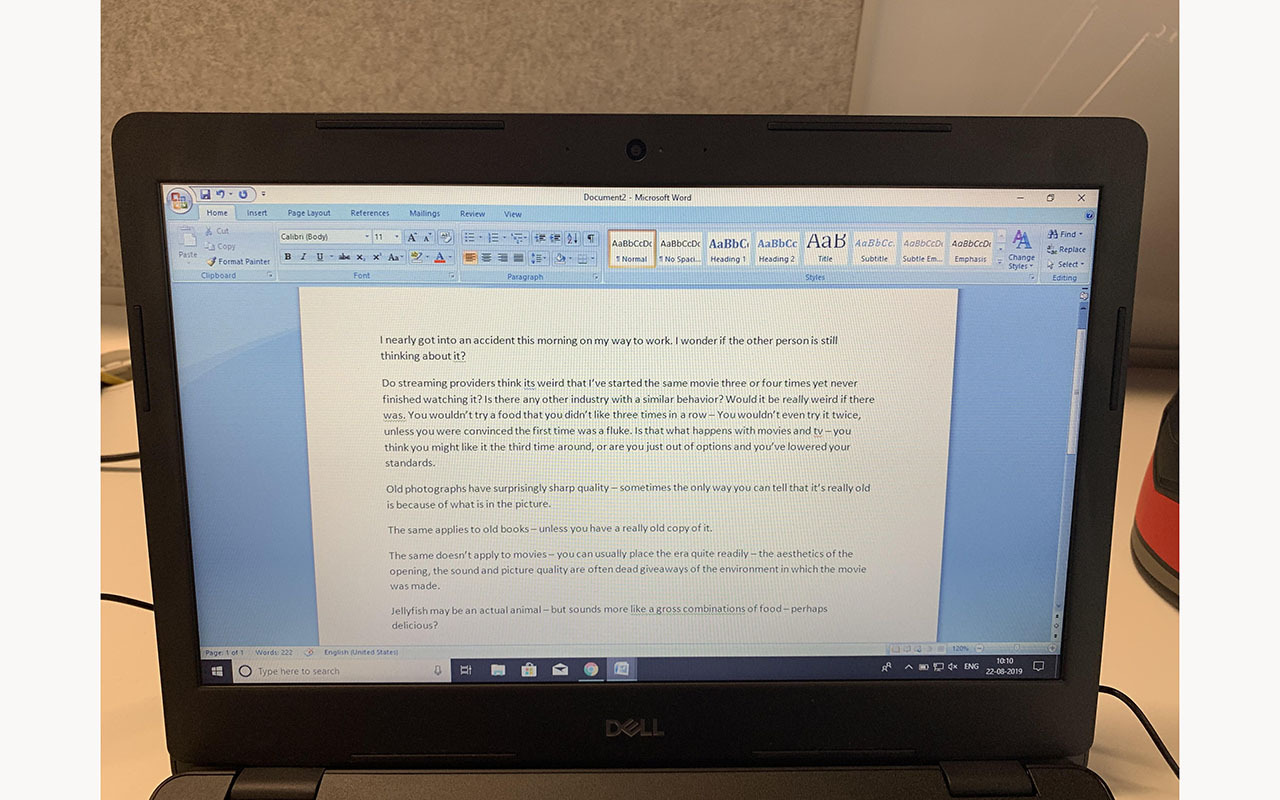
Usually, this process lasts about 15 minutes, but on occasions where I’m feeling more “chaotic” in my thoughts than usual, I can tap away at my keyboard for nearly half an hour. After the complete and utter ejection of all mental clutter, I do one simple thing: erase it all.
I know it may seem shocking to spend that much time writing and then just toss it all away, but hear me out.
Clearing your mind opens up new pathways
The reason for taking every possible thing you may have running through your mind, and throwing it away, is not to put it down and hope that something that comes out works, or has the potential to be molded into a functional idea.
The idea is to simply clear your mind.
As creatives, we often find ourselves complaining about a lack of inspiration, but just as often we will complain about having too much! Too much going on, too many connections between ideas, too many thoughts at once. How does one possibly get to the one idea that truly works, when what you ate for breakfast, the slight pain in your neck, what you worked on last week, or even your other accounts are taking up your precious brainpower?
By taking time before every brief, or perhaps even at the start of every day, to let your brain go into overdrive for a few minutes, and eject everything that may come out, you not only clear your brain of minutiae (think of it like closing unused applications on your computer or your phone. Now you’ve got more processing power for the task you’re focused on!) but it also serves as the perfect low-pressure warm up to any ideation session. There are no stakes, there are no requirements, in short there’s no way to do it wrong. It’s just a great way to get the creative juices flowing while also serving the purpose of clearing up your mental channels so you can focus on the task at hand.
Once more, with feeling!
Just because we’ve taken the time to let all our thoughts out in one maniacal burst, doesn’t mean that the part of our brain that will constantly make new connections has gone to sleep. In fact, sometimes this “warm-up” process will kick your brain into overdrive. The next step then is to channel this energy, and begin to focus it on the brief at hand.
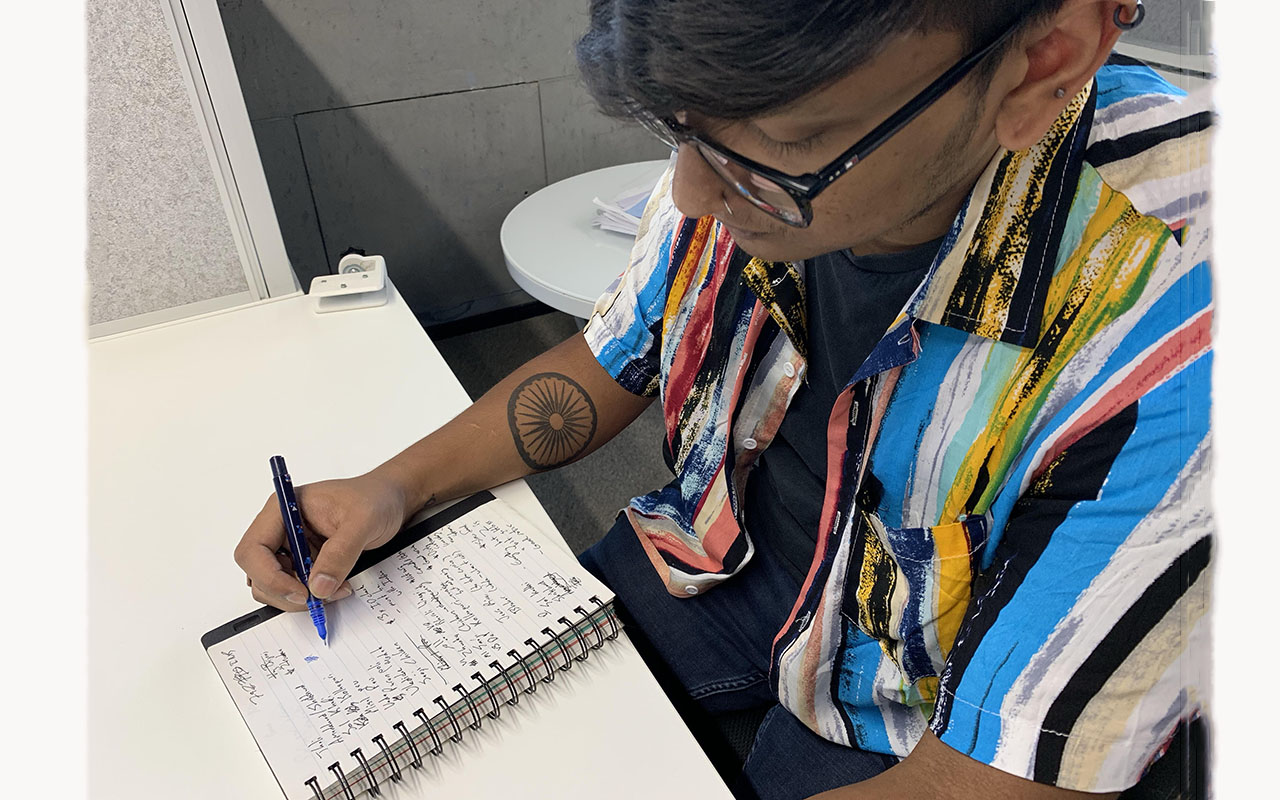
Grab another sheet of paper, or open up another blank document. Start by labeling it with the name of the client, the project, or the type of brief you’re working on. And then let your mind run wild once again, but only write down things that pop into your mind that are relevant to your brief. Go out of your way to seek connections between your random thoughts, and the brief at hand. Let me give you an example from my personal experience. Let’s say you’re thinking about space travel, and the brief you’re working on is for a food processing company.

Astronauts need to eat. What do they eat? Do they have pre-fixed menus? Who takes care of their dietary requirements? What technology goes into their food? Astronauts must have a favorite food. Food might taste different in space.
Keep chasing this train of thought, and who knows, your next TVC may end up being set in space! Even if the idea doesn’t end up getting executed (my space idea was not, for budgetary reasons), the underlying concept of “Even in space, food should be delicious” could open up a massive world of creative possibilities, to create stories and visuals that are unheard of in the category. Brought to you by the power of freewriting!
This time, don’t set yourself any time limits. Just keep letting your mind lead you where it wants to go, until you feel it’s worth stopping and revisiting your notes. In the scribbles of your stream of consciousness, you may not find the idea that will crack the project perfectly. But you will almost certainly find a launch pad for you to start structuring and executing an idea that will blow everyone’s socks off.
To sum up my freewriting process: do it once to get the sparks flying, and once again to turn those sparks into a fire.
So next time you find yourself struggling with any sort of block, whether you’ve hit a creative dead end, whether you just don’t have the focus, or you simply need to find a new way to tell an old story, don’t be afraid to let yourself take a few mental detours. When it’s done, you’ll often find that the pathway to that one idea that will crack the brief has become a lot clearer!

Hakuhodo.Lync Private Limited













